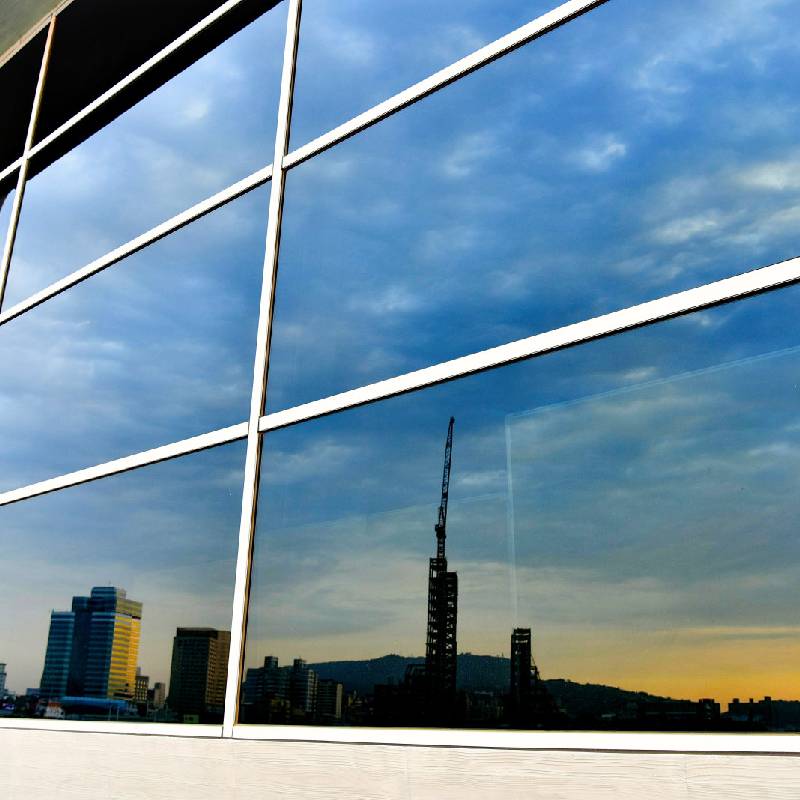

The Importance of Low-E Safety Glass in Modern Architecture
In the ever-evolving world of construction and architecture, the materials used in buildings play a crucial role in enhancing energy efficiency, safety, and overall aesthetic appeal. One significant innovation in this regard is Low-Emissivity (Low-E) safety glass. This type of glass combines advanced technology with safety features, making it a popular choice for modern buildings. In this article, we will explore the benefits of Low-E safety glass, its applications, and its role in promoting sustainability.
Low-E glass is coated with a thin layer of metallic oxides that reflect infrared light while allowing visible light to pass through. This innovative technology significantly reduces heat transfer, creating a more energy-efficient environment. By minimizing the amount of ultraviolet (UV) radiation that enters a building, Low-E glass helps to protect furniture, fabrics, and artwork from fading. Furthermore, because it retains heat in colder months and reflects it outside during warmer months, buildings with Low-E glass can significantly reduce their heating and cooling costs.
The Importance of Low-E Safety Glass in Modern Architecture
In addition to its energy efficiency and safety features, Low-E safety glass also contributes to reducing the building's carbon footprint. By minimizing the dependency on heating and cooling systems, buildings become more sustainable, leading to lower greenhouse gas emissions. The use of Low-E glass is particularly relevant in the context of global efforts to combat climate change. As more architects and builders recognize the importance of creating energy-efficient structures, Low-E safety glass will continue to play a vital role in green building practices.

The aesthetic appeal of Low-E safety glass cannot be overlooked either. Available in a variety of designs, finishes, and coatings, Low-E glass allows architects to create visually stunning facades that enhance the building's overall appearance while maintaining functional benefits. This versatility makes it an ideal choice for both commercial and residential projects. Additionally, the ability to control glare while maximizing natural light creates a more pleasant environment for occupants.
Moreover, Low-E safety glass meets various regulatory standards and certifications, ensuring that it performs well under different conditions. Building codes in many regions now encourage or mandate the use of energy-efficient materials, making Low-E safety glass an increasingly popular choice among builders seeking to comply with these regulations. Its proven performance in thermal insulation and safety makes it a reliable investment for the long term.
As the demand for energy-efficient and safe building materials continues to rise, the benefits of Low-E safety glass will become even more pronounced. Architects and builders will increasingly turn to this innovative solution to create spaces that not only meet the needs of their occupants but also contribute to a more sustainable future.
Low-E safety glass represents a perfect intersection of innovation, safety, and energy efficiency. With its ability to enhance thermal performance, reduce glare, ensure safety during impact, and contribute to environmental sustainability, it stands as a testament to the advancements in building materials. As we move forward, embracing such technologies will be essential in shaping the architecture of tomorrow, ensuring that our buildings are not only beautiful but also safe, efficient, and sustainable.
In conclusion, the integration of Low-E safety glass into modern architecture provides numerous benefits, making it an essential component in the design and construction of buildings. With an increasing focus on safety and sustainability in the construction industry, Low-E safety glass will undoubtedly continue to gain prominence and redefine the standards in architectural design.